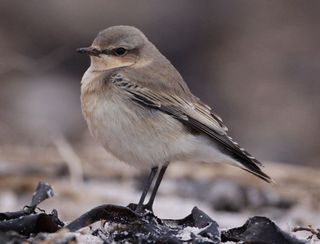Why Do Birds Lay Eggs?

Most newborn mammals, some reptiles and even some fish emerge swimming or generally flailing about. But baby birds and turtles are stuck cracking open eggshells.
Oviparous animals produce eggs that hatch after leaving the mother’s body.
Mammals and other groups have evolved the ability to keep embryos within the reproductive tract until development is complete. One of the challenges of this baby-making method called viviparity is that babies are heavy to carry around.
Scientists suggest viviparity has yet to evolve in any species of bird because mother birds can’t fly with weighty developing embryo passengers.
A second problem with viviparity is getting air to the egg.
The eggshells and oviducts of birds and turtles, unlike those of other reptiles, do not allow much oxygen exchange to occur inside the mother, according to a 2000 study published in the journal BioScience. This constricted airflow may prevent long-term embryonic development from happening in mother birds and turtles.
The theory suggests that bird embryos get more air and develop into healthier chicks laying in a nest than they would inside the mother's body.
Sign up for the Live Science daily newsletter now
Get the world’s most fascinating discoveries delivered straight to your inbox.
Follow Life's Little Mysteries on Twitter @llmysteries. We're also on Facebook & Google+.
